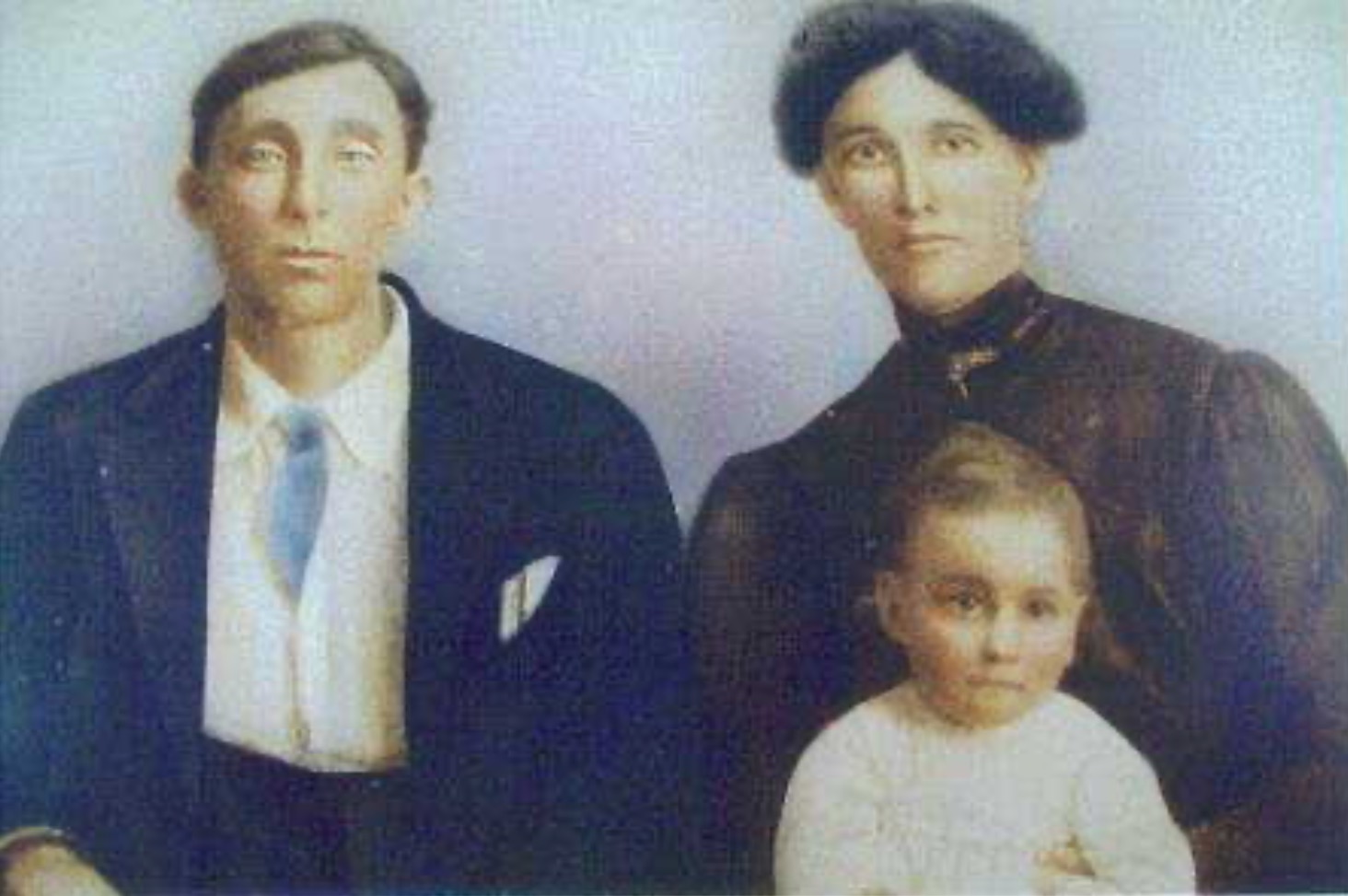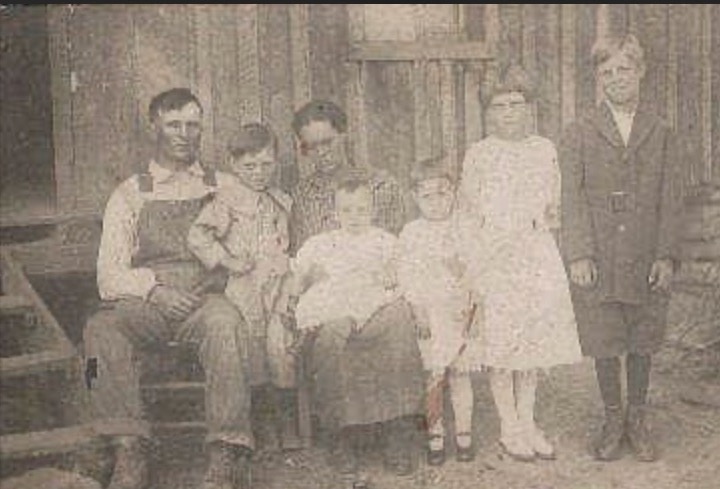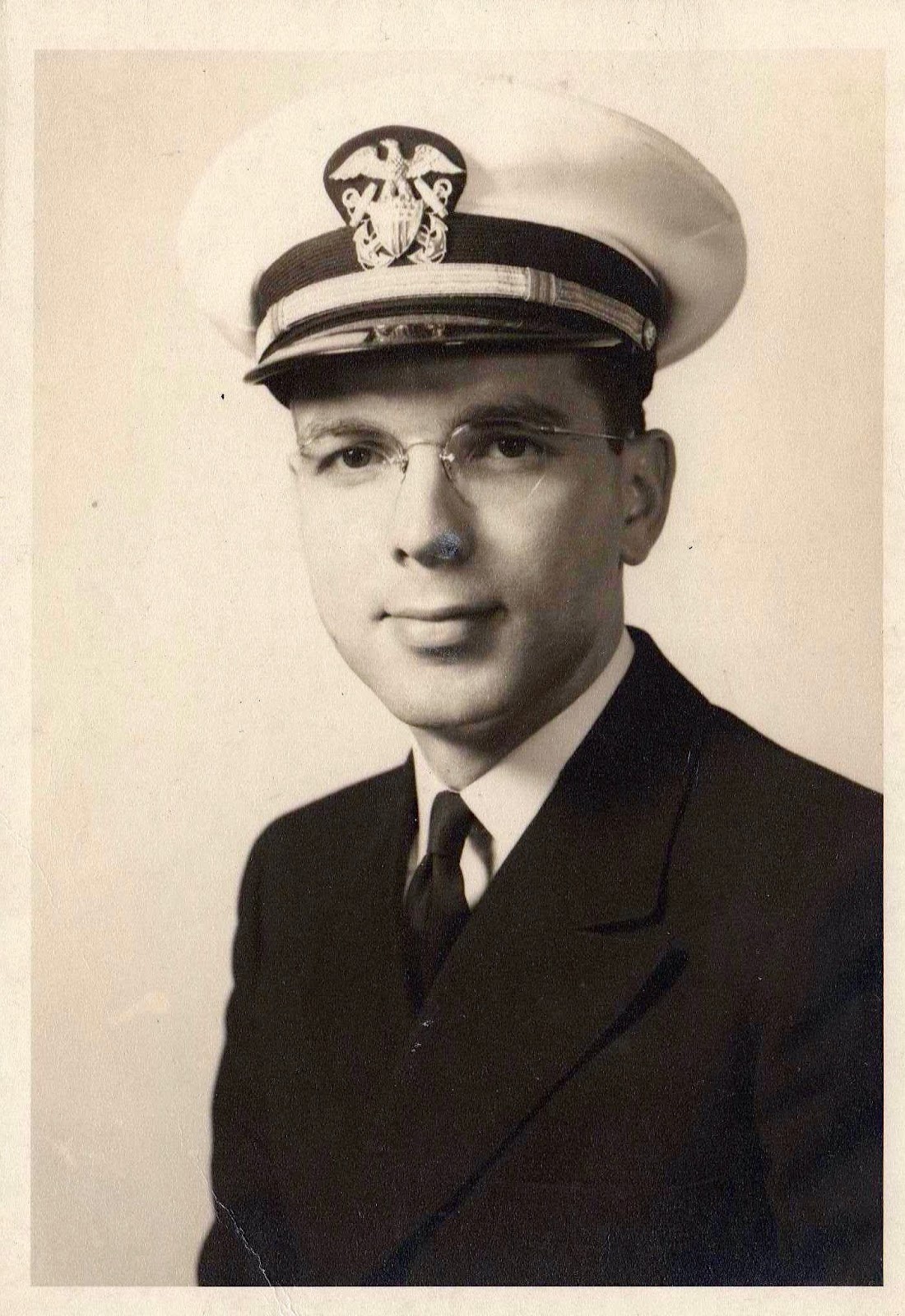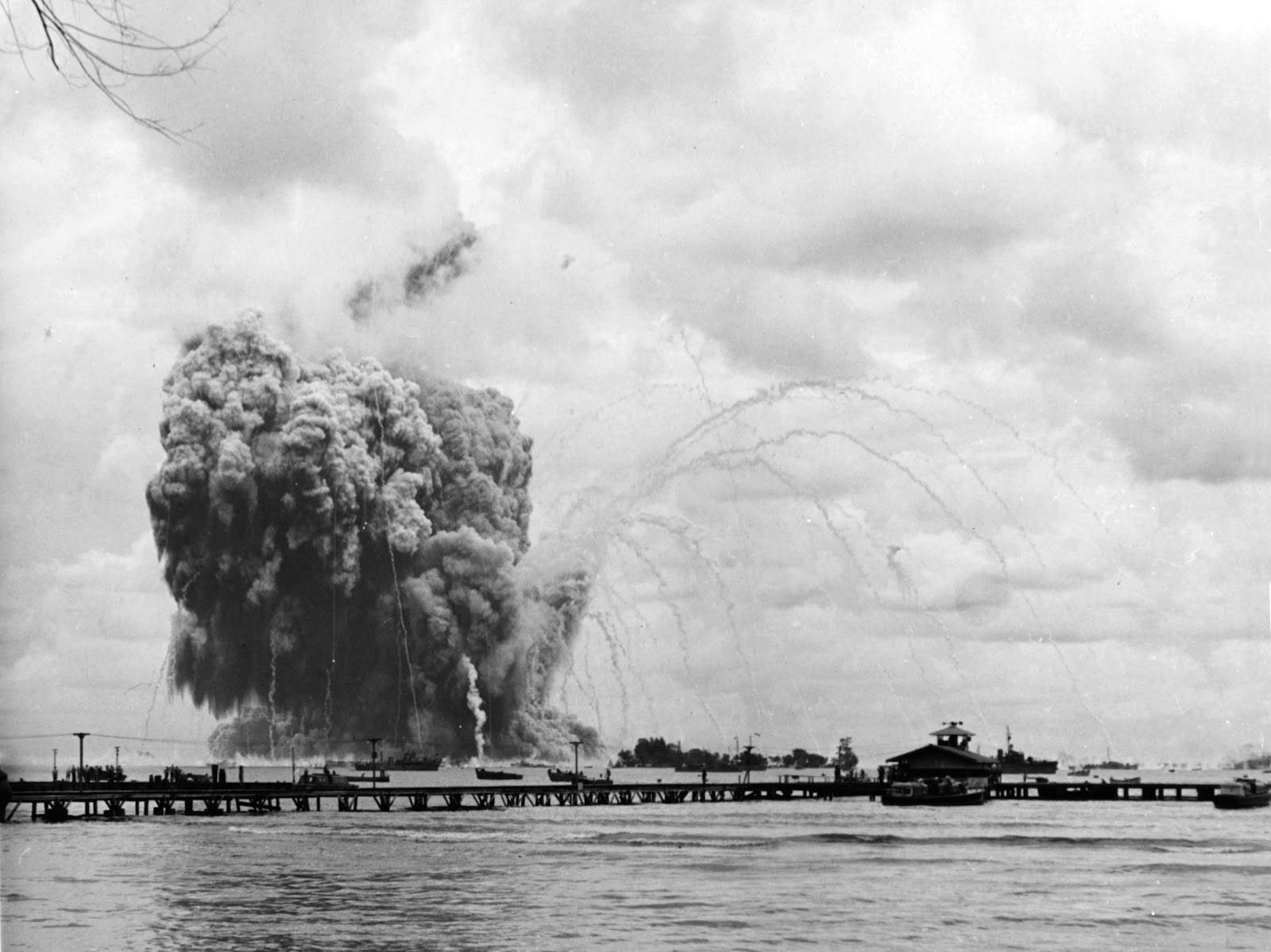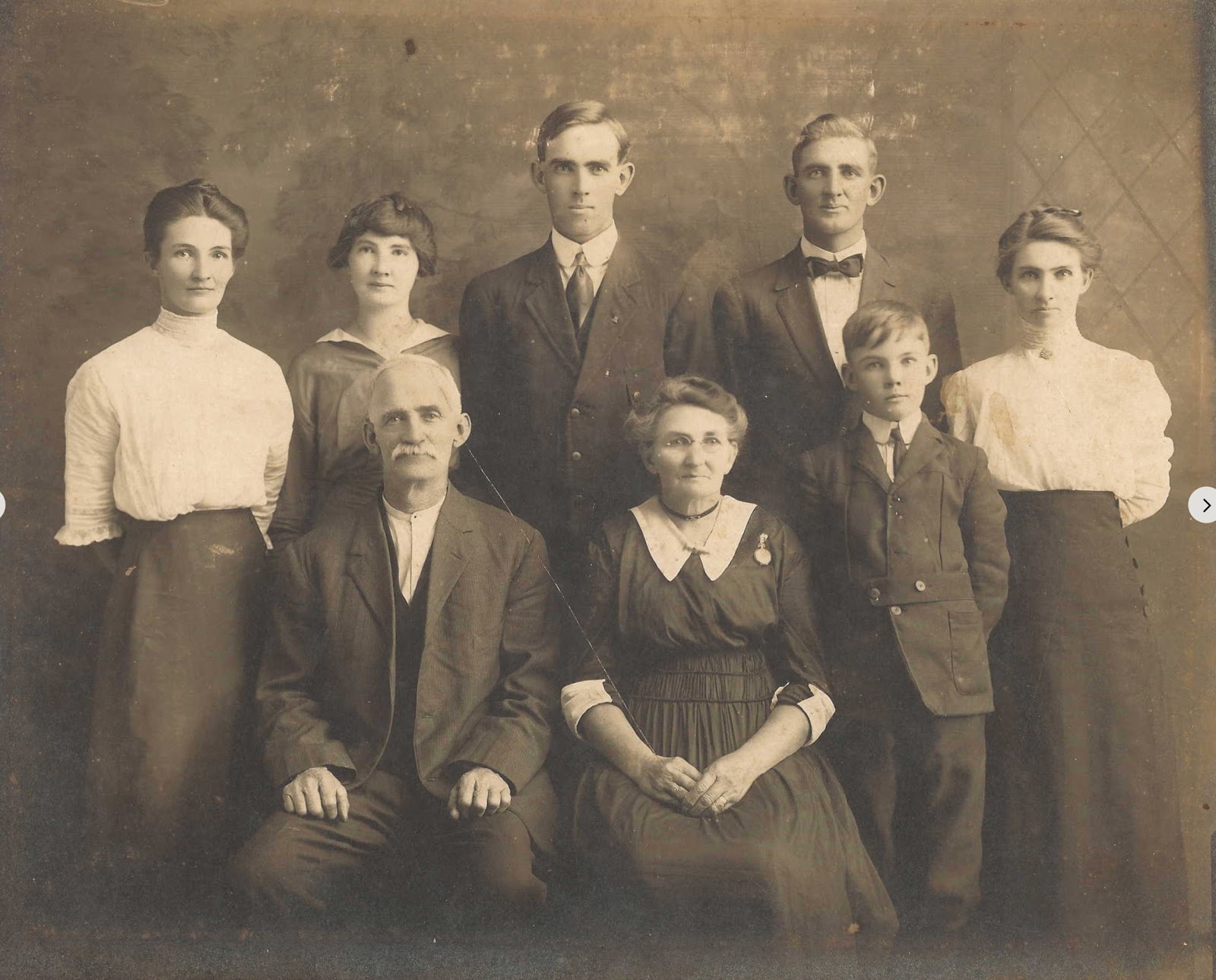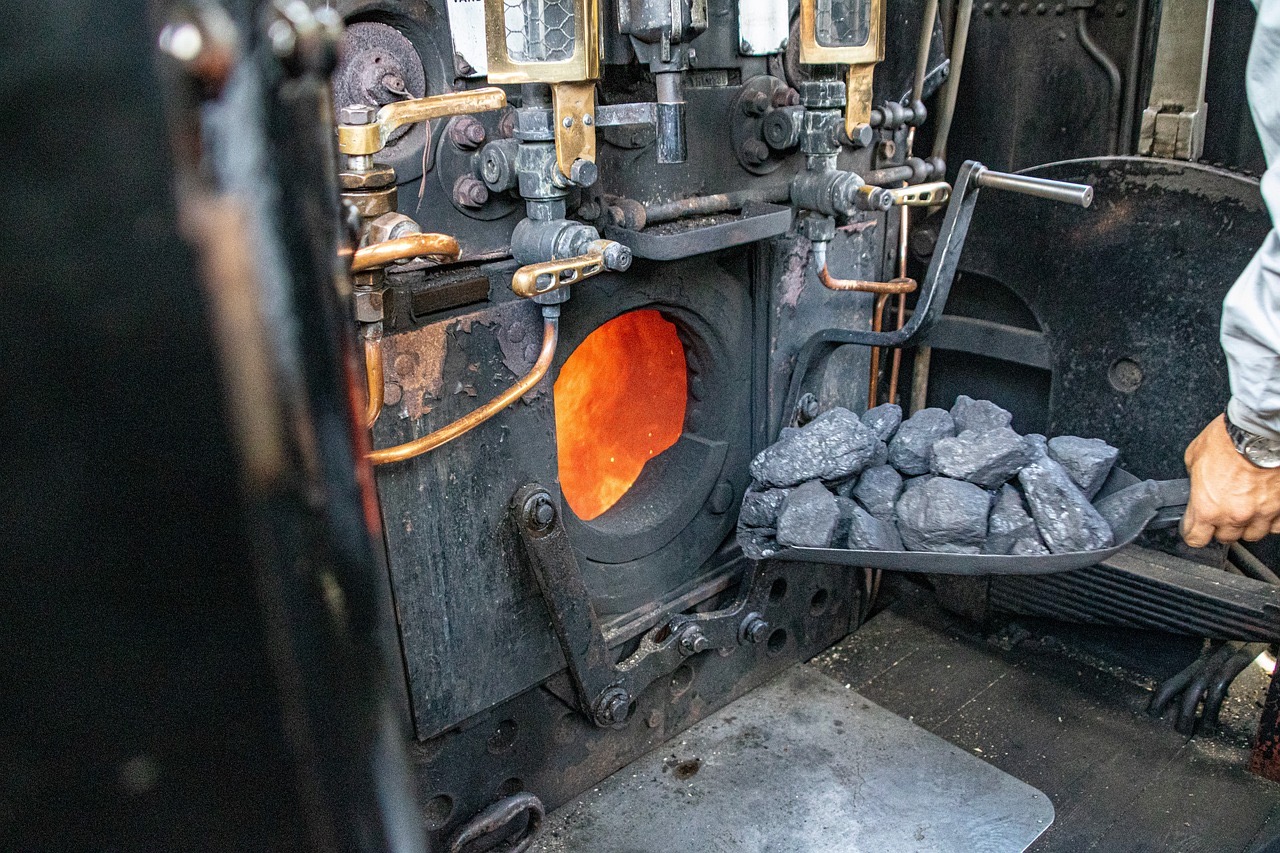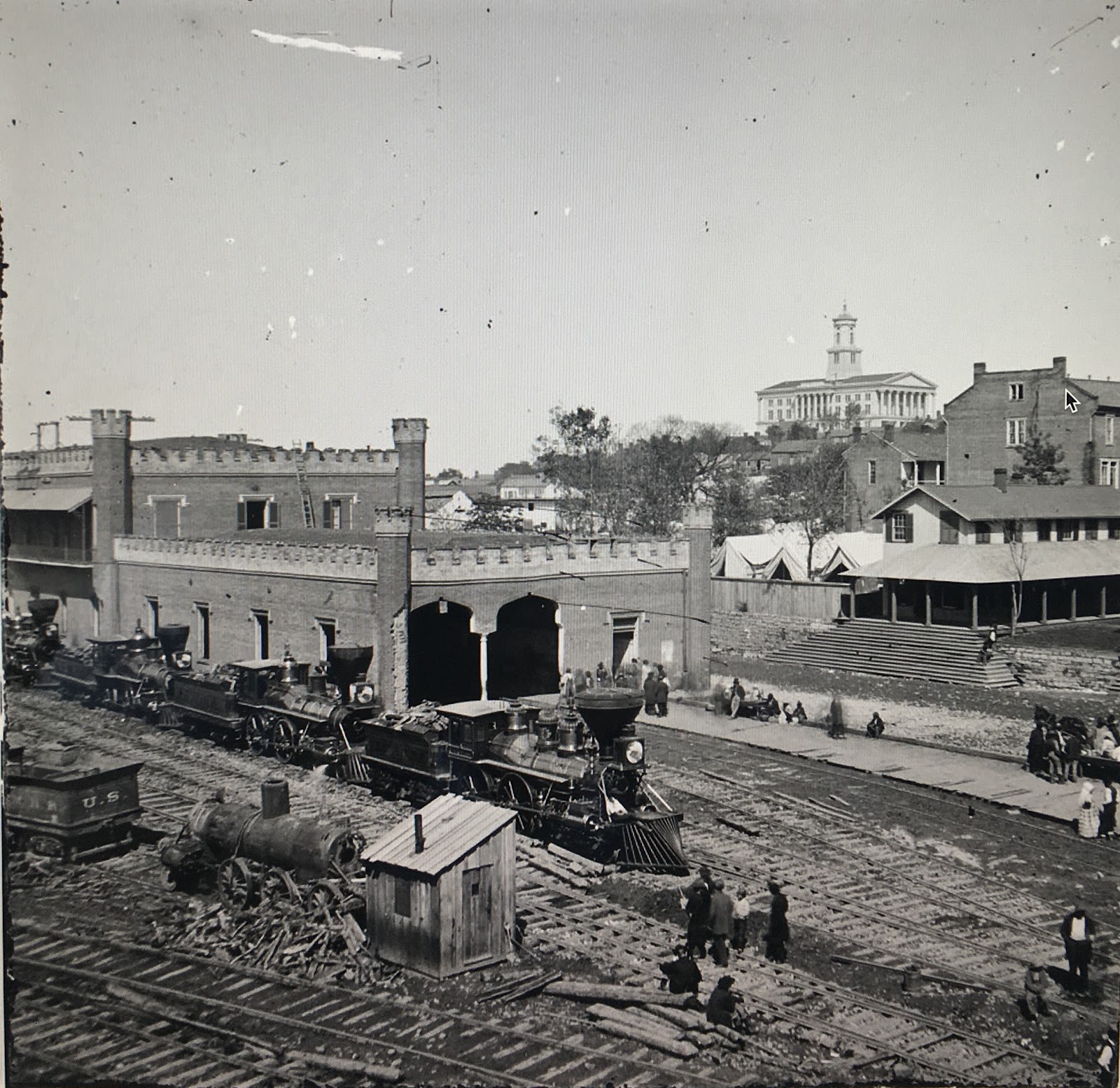Massachusetts Pond, by Walter Rock, https://www.freeimages.com/photospot-pond-1547645
Though Salem, Massachusetts, is best known for its witchcraft trials, the threat of witchcraft accusations often happened much earlier and well outside of the boundaries of Salem. Many events led to these accusations, including superstition, poverty, jealousy, fear, societal discord and control, and religious beliefs. Residents used witchcraft to explain the deaths of family members, mystery lights, animals, and humans behaving unusually, as well as financial difficulties. Many small communities on the edges of wilderness in the middle 1600s heard the whispers of witchcraft. Into this equation came two women, both originally from the English mainland. Their paths collided in Springfield, Massachusetts, in about 1649.
Witch, Public Domain
The first woman, the widow Marshfield, was Thomas Marshfield’s wife. He was a founding father of Windsor, Connecticut. He was a bricklayer and became wealthy, involved in many investment dealings in England and Windsor. His finances began to unravel as community members brought numerous court charges against him. During this time, rumors of his wife being involved in witchcraft began to be circulated by townsfolk. Thomas disappeared, and the town of Windsor seized his assets, leaving his wife and three children destitute. The widow and children left Windsor for Springfield shortly after Thomas disappeared.
The Witches of Springfield, Public Domain
Mary Lewis was the second woman and the wife of Hugh Parsons. He was a brickmaker and a sawyer, felling trees and making timber. He was not known for being particularly well-behaved and was certainly not considered genteel. He often insulted and argued publicly with community members, including the town’s new Reverend, George Moxonand, and William Pynchon, the town’s founding father. A resident, Blanche Bedortha, complained of strange lights and difficult labor, pointing to Hugh as the culprit. Soon, Hugh’s wife Mary made what might have been her first witchcraft accusation against Bedortha’s laying-in maid. The court forced Hugh Parson to pay a fine for his wife’s false claim. She soon lost two children, which might have been responsible for her descent into madness, though child mortality was certainly not uncommon at that time. This appeared to be the start of Mary’s troubles in the community. Hugh and Mary’s fortune begins to fail as they are forced to take in borders to survive.
By 1649, Mary’s third child died, and in a time of visions of lights on the meadow and clothing reflecting flashing lights, Mary accused the widow Marshfield of witchcraft. The widow was a midwife in the town, which may have, in Mary’s mind, connected her to the loss of her own two children. Two of Marshfield’s children were grown and perhaps offered her support during this period. The Widow Marshfield counter-sued and was vindicated in court when Mary was found guilty of slander. Mary would be given twenty lashes, or her husband would have to pay 3 pounds, which he did when he paid the fine to the widow Marshfield in Indian corn.
Witchcraft Trial, Public Domain
The lives of the Parsons unraveled at this point. Mary now accused her husband of witchcraft. Several members of the community accused his wife, Mary, of witchcraft, which she admitted to. They were both arrested and taken to trial in Boston. The court wanted to complete her trial quickly because she was in poor health. The courts found Mary innocent of witchcraft but convicted her of infanticide. She appears to have died in jail shortly after that. Hugh was released because his main accuser, his wife, was dead and could not testify against him. He disappeared from community records.
The widow Marshfield, was my 9th great-grandmother.














